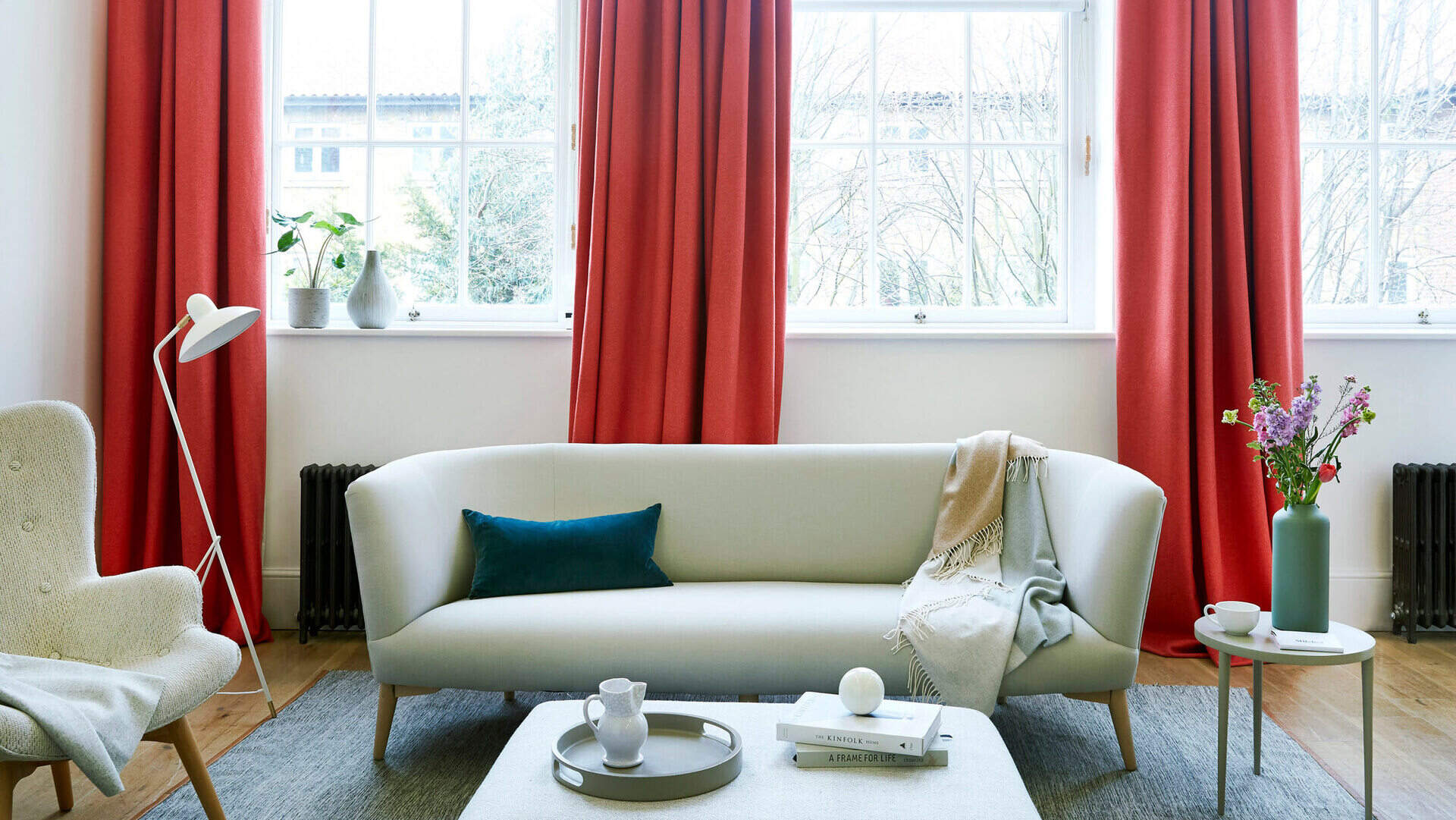

Articles
What Color Drapes Should I Get
Modified: February 23, 2024
Discover the perfect color drapes for your space with our helpful articles. Explore various options and find the best drapes to enhance your home's decor.
(Many of the links in this article redirect to a specific reviewed product. Your purchase of these products through affiliate links helps to generate commission for Storables.com, at no extra cost. Learn more)
Introduction
Choosing the right color drapes for your space can have a significant impact on the overall look and feel of the room. Whether you’re redecorating your living room, bedroom, or any other area in your home, the color of your drapes can set the tone and create a visually appealing atmosphere. While there are no hard and fast rules when it comes to selecting the perfect color, there are several factors to consider that can guide your decision-making process.
In this article, we will explore various considerations to keep in mind when deciding what color drapes to get. From taking into account the room’s function to assessing the existing color scheme, this guide will help you make an informed choice and create the desired aesthetic in your space.
So, let’s dive in and discover how you can choose the perfect color drapes to complement your room’s style and enhance its overall ambiance.
Key Takeaways:
- Choose drapes that complement the room’s function and atmosphere. Soft, soothing colors for relaxation, vibrant hues for social spaces, and light colors for brightness can enhance the overall purpose of the room.
- Harmonize drapes with the existing color scheme and use color theory as a guide. Create unity with matching colors, add excitement with contrasting hues, and achieve a soothing effect with analogous colors.
Read more: What Color Blinds Should I Get
Considering the Room and Its Function
The first important factor to consider when choosing the color of your drapes is the room itself and its primary function. Different rooms have different purposes, and the color of the drapes can help enhance that purpose.
For example, in a bedroom where you want to create a relaxing and serene ambiance, you may opt for soft and soothing colors like pastels or neutrals. These colors can promote a sense of calmness and tranquility, making it easier for you to unwind and get a good night’s sleep.
On the other hand, in a living room where you entertain guests and spend time with family, you may want to choose drapes that reflect a vibrant and inviting atmosphere. Bold colors like red, yellow, or deep blue can add energy and liveliness to the space, creating a warm and welcoming environment.
Additionally, consider the amount of natural light that enters the room. If you have a room that receives plenty of sunlight, you might want to choose drapes with lighter colors to help bounce the light around the space, making it feel brighter and more airy. In contrast, for rooms that require a darker environment, such as a home theater or a bedroom where you want to block out most of the light, consider opting for darker-colored drapes that can effectively control the amount of light entering the room.
In essence, by taking into account the specific function of the room and the atmosphere you want to create, you can choose a color for your drapes that complements and enhances the overall purpose of the space.
Harmonizing with the Existing Color Scheme
When selecting the color drapes for your room, it’s important to consider the existing color scheme and décor. The drapes should harmonize with the overall aesthetic of the space, creating a cohesive and visually pleasing look.
One approach is to choose drapes that match or complement the dominant color in the room. This can help create a sense of unity and balance. For example, if your room features a lot of earthy tones like browns and greens, selecting drapes in similar shades can create a harmonious and natural feel.
On the other hand, if you prefer a contrasting color scheme, you can choose drapes that provide a pop of color in the room. This can create visual interest and serve as a focal point. For instance, if your room has a predominantly neutral color palette, adding bold-colored drapes like teal or burgundy can add a touch of excitement and personality to the space.
Consider using color wheel principles to guide your decision. Complementary colors, which are opposite each other on the color wheel, can create a dynamic and energetic atmosphere. An example would be pairing blue drapes with orange accents in a predominantly neutral room.
Alternatively, analogous colors, which are next to each other on the color wheel, can create a harmonious and soothing effect. This is achieved by choosing drapes in colors that are within the same color family. For instance, if your room has a cool color palette of blues and greens, consider selecting drapes in shades of blue or green.
By considering the existing color scheme and using color theory as a guide, you can select drapes that seamlessly blend with your room’s décor and create a delightful visual harmony.
Enhancing Natural Light or Creating a Cozy Atmosphere
Another crucial factor to consider when choosing the color of your drapes is the desired lighting effect in the room. Drapes can play a significant role in either enhancing natural light or creating a cozy atmosphere.
If you have a room that lacks natural light and feels dark, opting for lighter-colored drapes can help maximize the available light and create a brighter environment. Pale shades like white, cream, or light pastels can reflect the light, making the room appear more spacious and airy. This is especially beneficial for smaller rooms or spaces with limited windows.
Alternatively, if you want to create a cozy and intimate atmosphere, darker-colored drapes can be an excellent choice. Rich hues like deep burgundy, navy blue, or charcoal gray can absorb and block out light, creating a warm and intimate setting. This is particularly suitable for rooms where you want to create a sense of privacy and relaxation, such as bedrooms or home offices.
Consider the mood you want to establish in the room. If you desire a cheerful and energetic vibe, lighter colors can help promote a sense of freshness and vitality. If, on the other hand, you prefer a more subdued and serene ambiance, darker colors can contribute to a calming and soothing atmosphere.
It’s important to strike a balance between the amount of natural light you want to let into the room and the level of privacy you require. Sheer or translucent drapes in light colors can provide some privacy while still allowing light to filter through, offering a compromise between brightness and seclusion.
By choosing drapes that align with your lighting preferences, you can enhance the natural light in your room or create a cozy, intimate atmosphere that suits your desired mood and ambiance.
Consider the existing color scheme of the room when choosing drapes. If the walls are neutral, you can add a pop of color with the drapes. If the walls are already bold, opt for neutral drapes to balance the room.
Choosing the Right Material and Texture
When selecting the color drapes for your room, it’s essential to consider not only the color itself but also the material and texture of the fabric. The material and texture can greatly impact the overall look and feel of the drapes.
One crucial factor to consider is the functionality of the drapes. If you’re looking for drapes that provide privacy and light control, consider choosing materials like thick cotton, linen, or blackout fabrics. These materials not only block out light but also offer insulation, helping to regulate the temperature in the room.
On the other hand, if you want drapes that allow light to filter through while still maintaining some privacy, sheer materials like chiffon or voile can be an excellent choice. These lightweight fabrics create an ethereal and delicate appearance in the room, adding a touch of elegance and sophistication.
Texture also plays a crucial role in the overall aesthetic of the drapes. Smooth, silk-like fabrics can bring a sense of glamour and luxury to a room, making it feel more refined and sophisticated. Alternatively, textured fabrics like velvet or suede can add warmth and depth to the space, creating a cozy and inviting atmosphere.
Consider the style of your room and choose a material and texture that complements it. For example, if you have a minimalistic and sleek decor, choosing drapes with a smooth texture and clean lines can enhance the modern aesthetic. On the other hand, if your room has a more rustic or bohemian vibe, opting for drapes with a textured, natural fabric can add to the organic and earthy feel.
It’s also important to consider practical aspects such as maintenance and durability. Some fabrics may require more care and regular cleaning, while others are easier to maintain. Take into account your lifestyle and the specific needs of the room to choose a material that will be both visually appealing and practical in the long run.
By carefully considering the material and texture of the drapes, you can select options that not only complement the color but also enhance the overall aesthetic and functionality of your room.
Read more: What Color Storm Door Should I Get
Assessing Privacy and Light Control Needs
When choosing the color of your drapes, it’s important to assess your privacy and light control needs. Different rooms may have varying requirements in terms of privacy and the amount of light you want to allow in.
If privacy is a top concern, especially in areas like bedrooms, bathrooms, or street-facing windows, you may opt for drapes in darker colors or thicker fabrics. These can effectively block out prying eyes and provide a sense of seclusion. Consider materials like blackout or lined drapes that offer maximum privacy by minimizing the visibility from the outside.
Alternatively, if privacy isn’t a major concern or if you want to maintain a level of visibility, sheer or semi-sheer drapes can be suitable options. They allow natural light to filter through while providing a level of privacy during daytime hours. Sheer drapes work well in areas such as living rooms or dining rooms where you may want to enjoy the view outside while still maintaining a bit of seclusion.
Light control is another aspect to consider. Some rooms may require the ability to block out or filter in natural light depending on the time of day or the intended use of the space. For example, in a home theater or a bedroom where you want to create a dark environment for a good night’s sleep, consider opting for drapes that are specifically designed for light control, such as blackout curtains. These can effectively block out sunlight and prevent glare, allowing you to create an optimal environment for rest or entertainment.
In spaces where you want to embrace natural light and enjoy the view outside, lighter-colored or sheer drapes can be great choices. They allow light to filter through, making the room feel bright and spacious.
Consider the orientation of the windows as well. Rooms with windows that receive direct sunlight for a significant portion of the day may benefit from drapes in colors that can withstand sun exposure without fading. Additionally, using drapes with light-filtering properties, such as blinds or shades, can help regulate the amount of light entering the room without completely blocking it out.
By assessing your privacy needs and the desired level of light control, you can select color drapes that not only enhance the aesthetic of the room but also provide the functionality and comfort you desire.
Practical Considerations for Maintenance and Longevity
When choosing the color drapes for your space, it’s important to consider practical aspects such as maintenance and longevity. Taking these factors into account can help ensure that your drapes not only look great but also stand the test of time.
One practical consideration is the ease of maintenance. Different fabrics and colors may require different cleaning methods. For example, lighter-colored drapes may show stains and dirt more easily and require more frequent cleaning compared to darker-colored ones. Consider the cleaning instructions and requirements of the fabric you choose to ensure that it aligns with your lifestyle and maintenance preferences.
Additionally, consider the durability of the fabric. Some materials are more resistant to wear and tear, making them suitable for high-traffic areas or homes with pets and children. Fabrics such as polyester or blends that include synthetic fibers tend to be more durable and less prone to wrinkling or fading over time.
Another factor to consider is the colorfastness of the drapes. Some fabrics may be more prone to fading when exposed to direct sunlight. If your windows receive a significant amount of sunlight, consider opting for colorfast fabrics or drapes with UV protection to ensure that the color remains vibrant and doesn’t fade over time.
Consider the long-term style and versatility of the color. While certain trendy colors may be appealing at present, they may quickly go out of style. Opting for classic and timeless colors can ensure that your drapes remain stylish and relevant for years to come. If you prefer to switch up the color scheme or décor of your room frequently, choosing drapes in neutral colors can provide more flexibility and allow for easy coordination with different styles.
Lastly, consider the quality of the drapes. Investing in well-made drapes from reputable brands or retailers can greatly contribute to their longevity. Pay attention to details like stitching, hems, and overall construction to ensure that you are purchasing drapes of good quality that will withstand regular use.
By considering practical aspects such as maintenance, durability, colorfastness, long-term style, and quality, you can choose color drapes that not only enhance your space aesthetically but also offer durability and longevity.
Conclusion
Choosing the right color drapes for your space involves careful consideration of several factors. By taking into account the room’s function, harmonizing with the existing color scheme, enhancing natural light or creating a cozy atmosphere, selecting the right material and texture, assessing privacy and light control needs, and considering practical aspects for maintenance and longevity, you can make an informed decision that enhances the overall look and feel of your room.
Remember that there are no strict rules when it comes to choosing the color of your drapes. Ultimately, it’s about creating a space that reflects your personal style and meets your practical needs. Experiment with different color options and don’t be afraid to take risks and be creative.
When making your final decision, consider seeking feedback from family members, friends, or even interior design professionals who can offer valuable insights and perspectives. They can provide guidance based on their expertise and help ensure that your chosen color drapes harmonize with the overall aesthetic of your room.
Lastly, keep in mind that trends come and go, so it’s important to select colors and designs that will stand the test of time. Opting for classic and versatile colors or neutrals can provide flexibility, allowing you to update your room’s style without having to change your drapes frequently.
In conclusion, choosing the right color drapes is an opportunity to showcase your personal style and create a visually appealing and functional space. By considering all the factors discussed in this article, you can confidently select drapes that enhance the ambiance, complement the existing decor, and fulfill your practical requirements for years to come.
Frequently Asked Questions about What Color Drapes Should I Get
Was this page helpful?
At Storables.com, we guarantee accurate and reliable information. Our content, validated by Expert Board Contributors, is crafted following stringent Editorial Policies. We're committed to providing you with well-researched, expert-backed insights for all your informational needs.

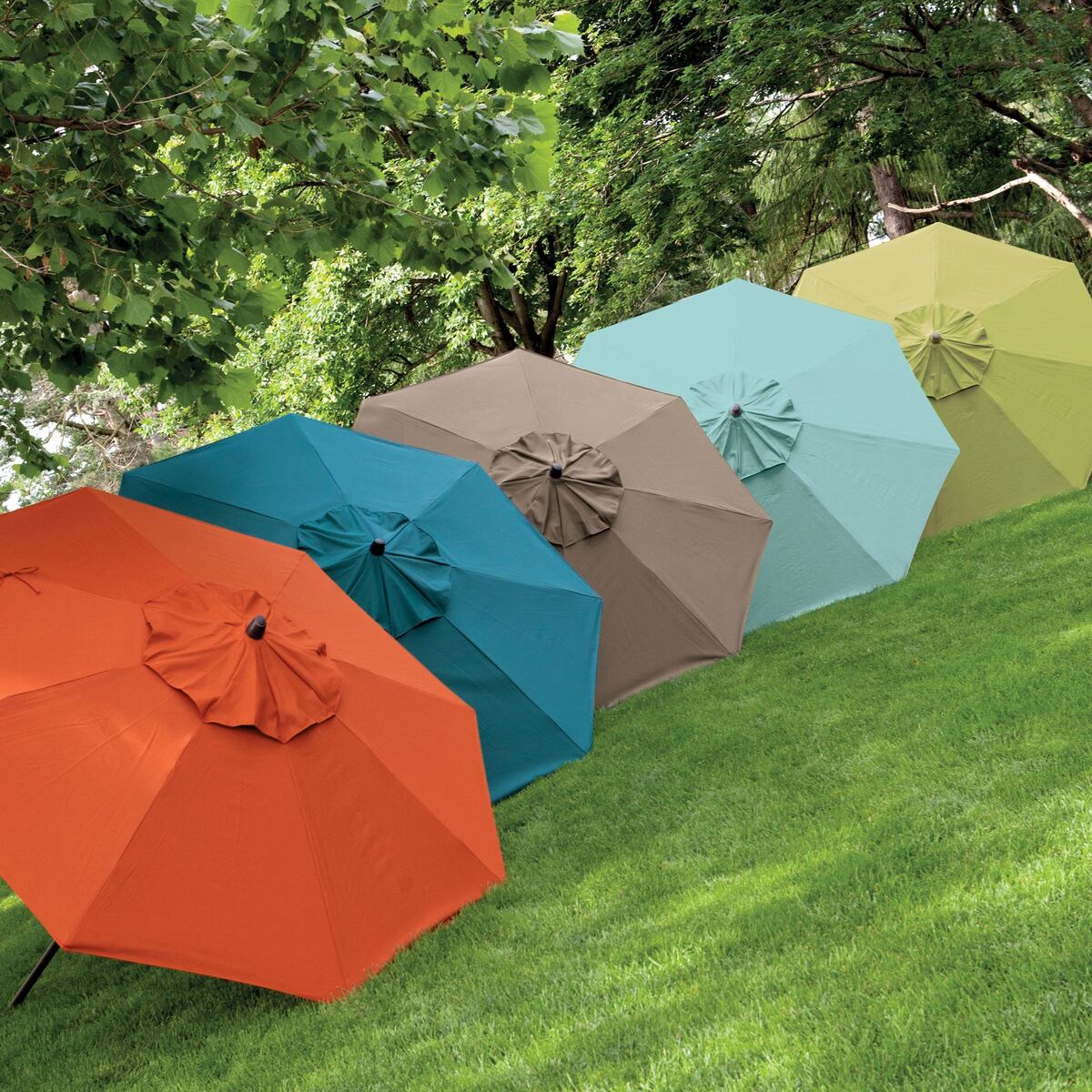

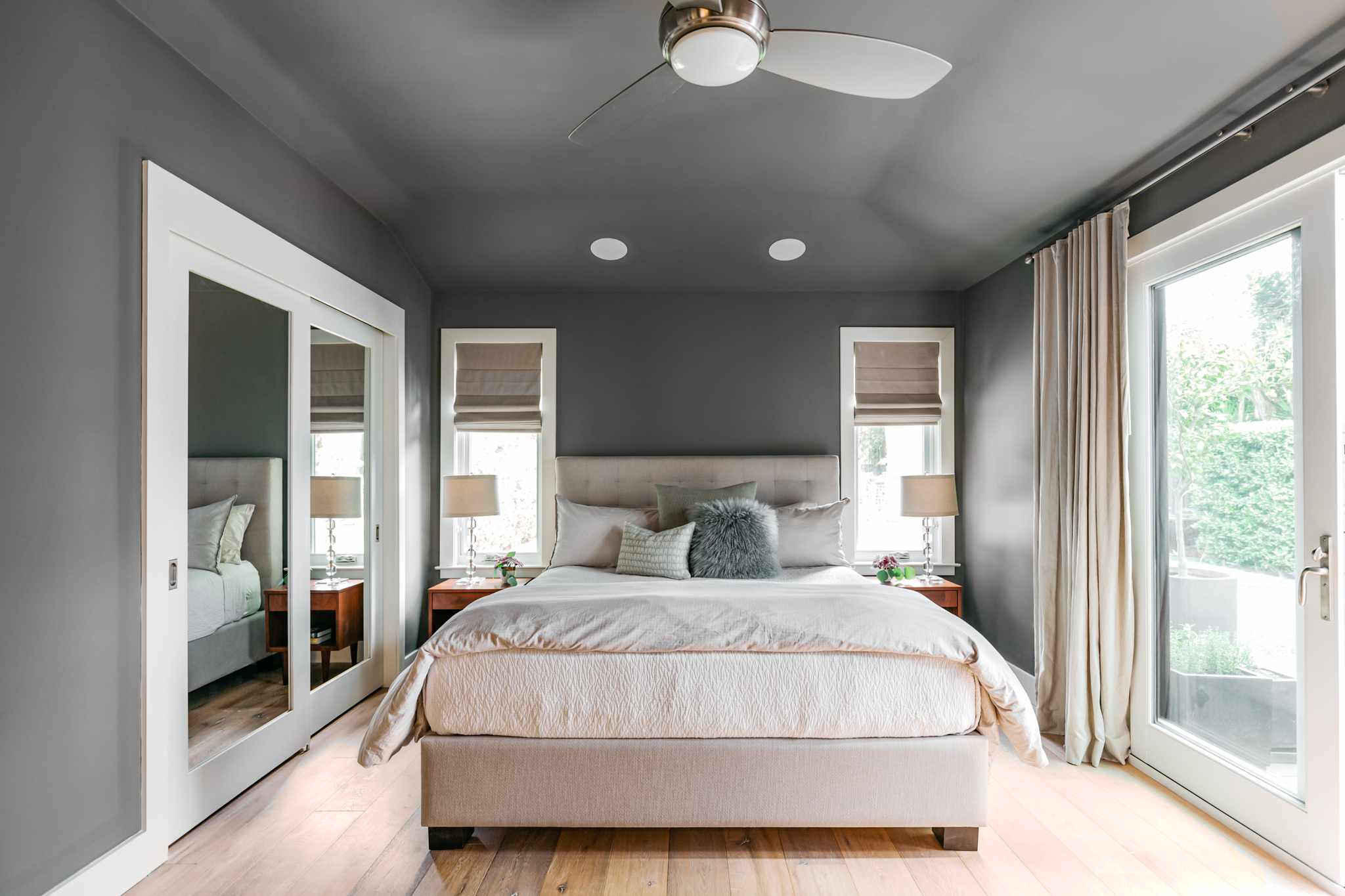
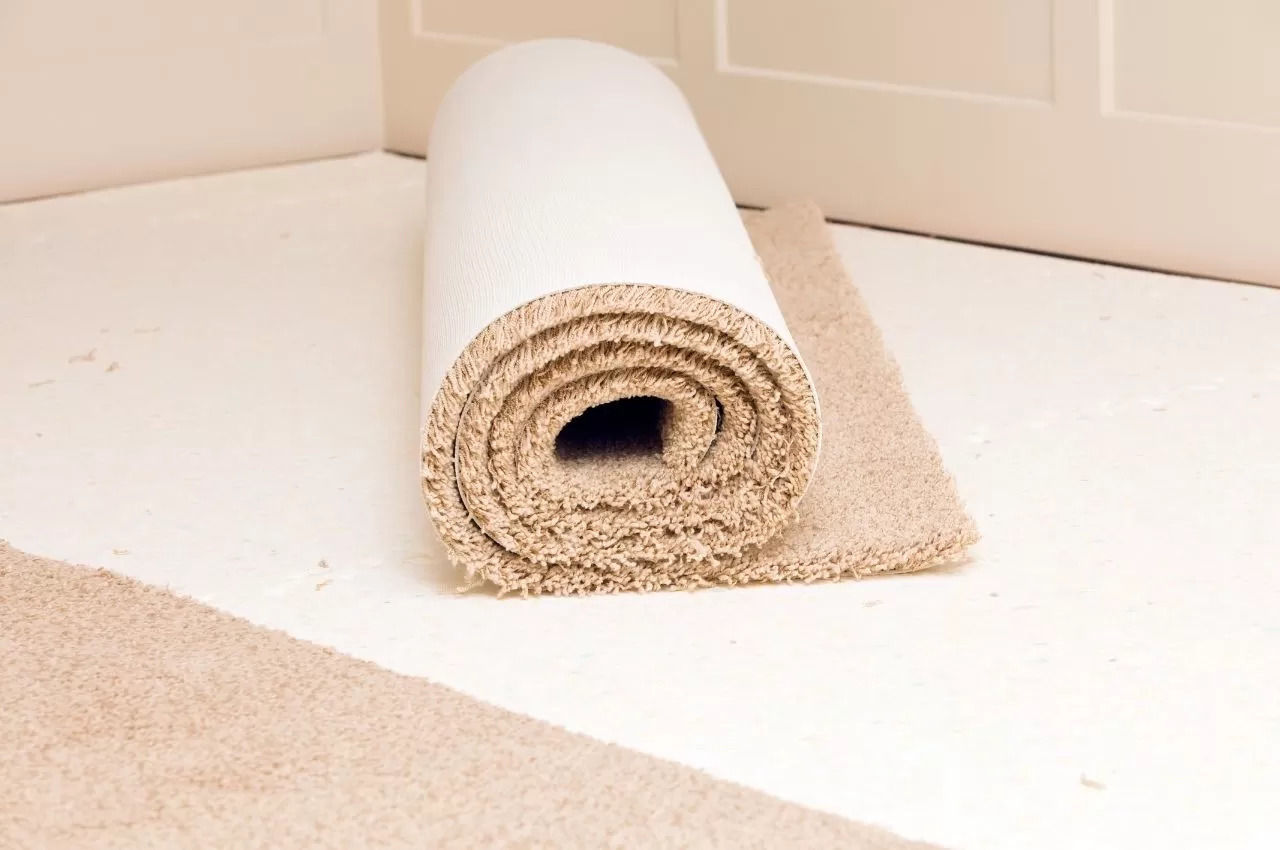

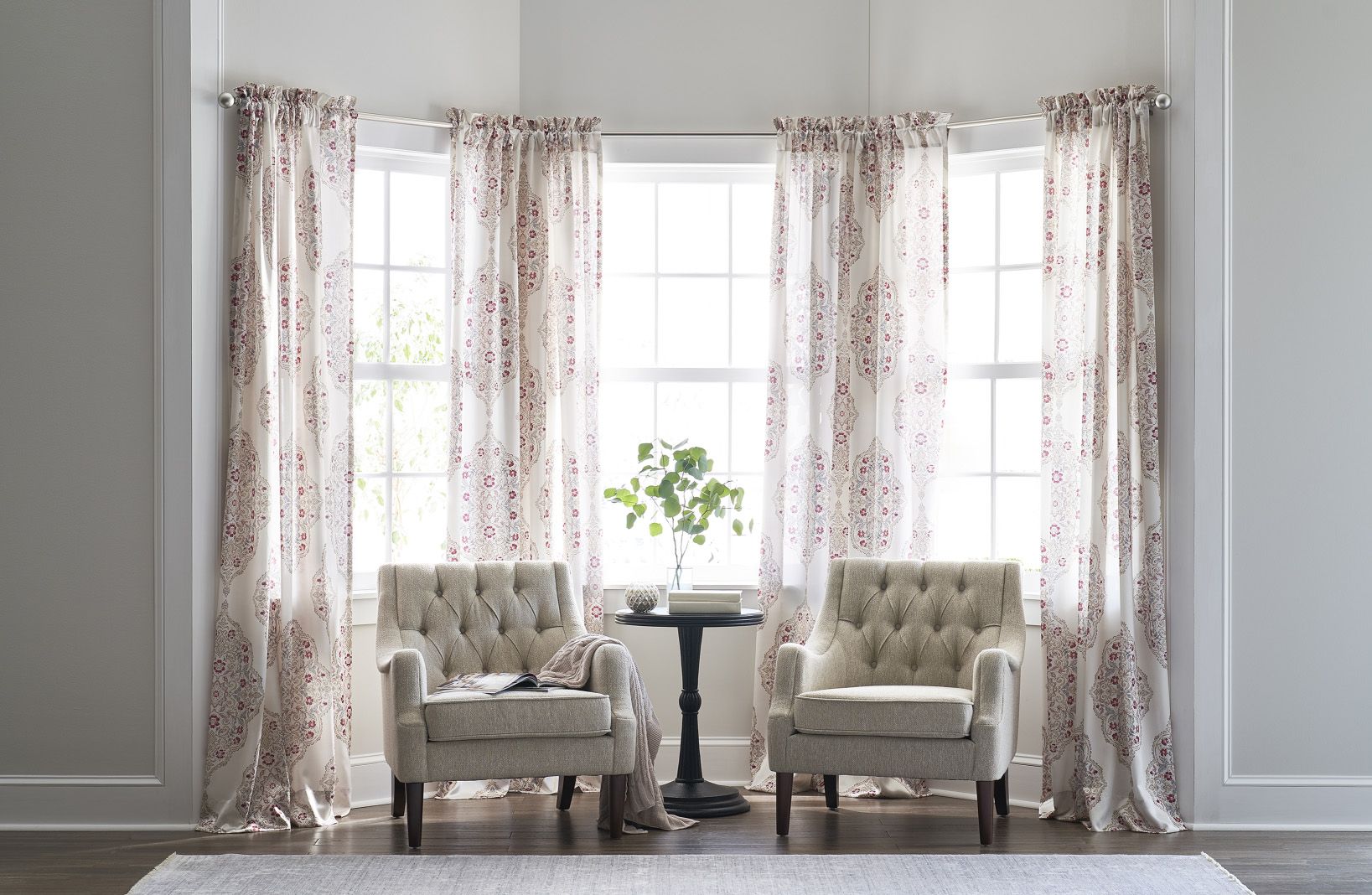
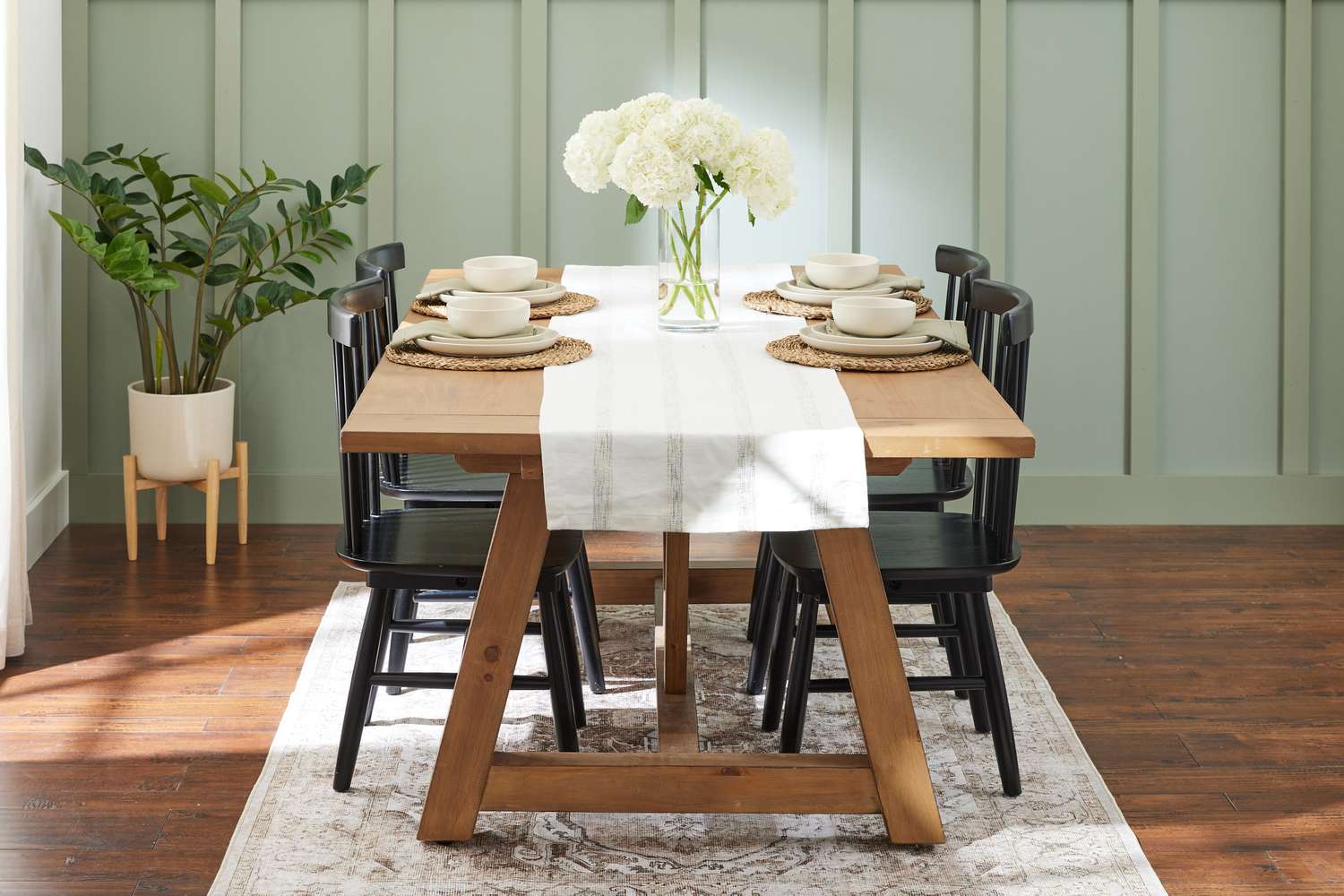
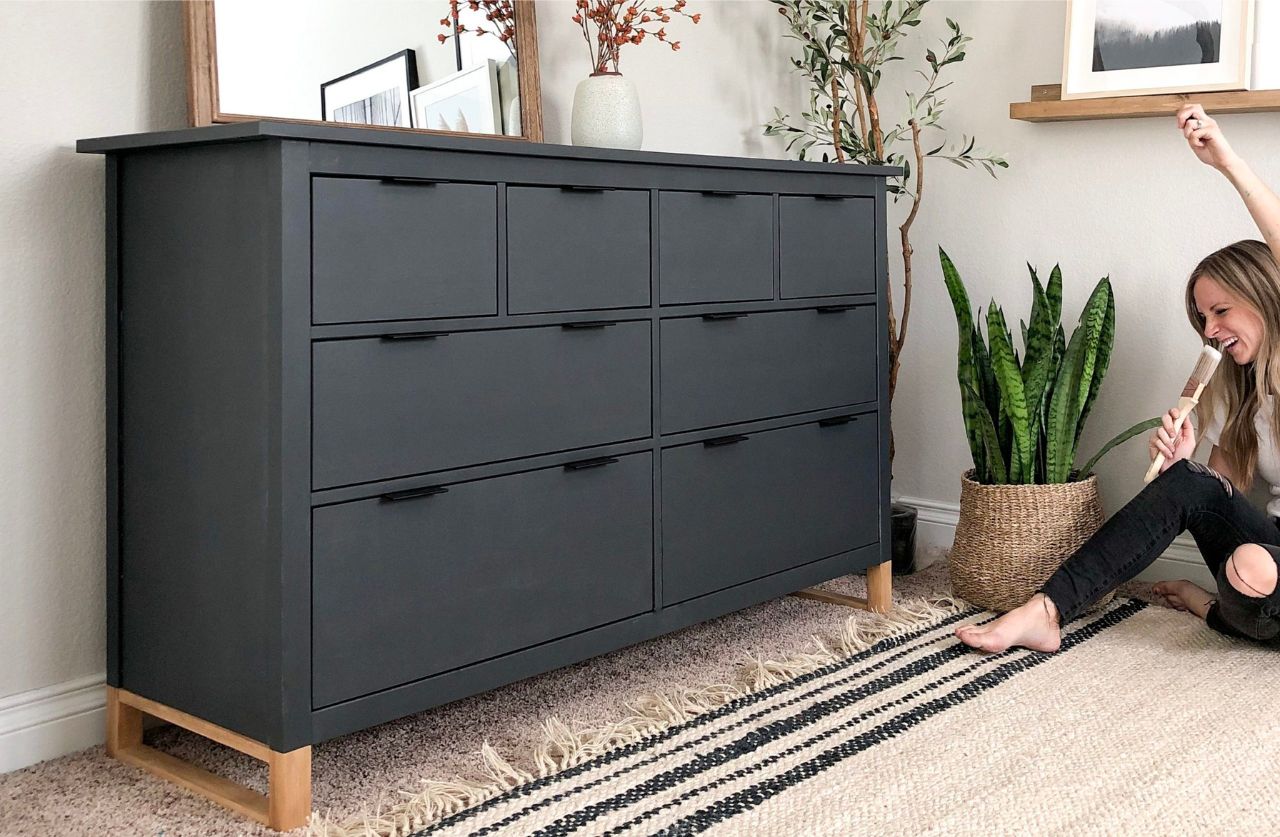
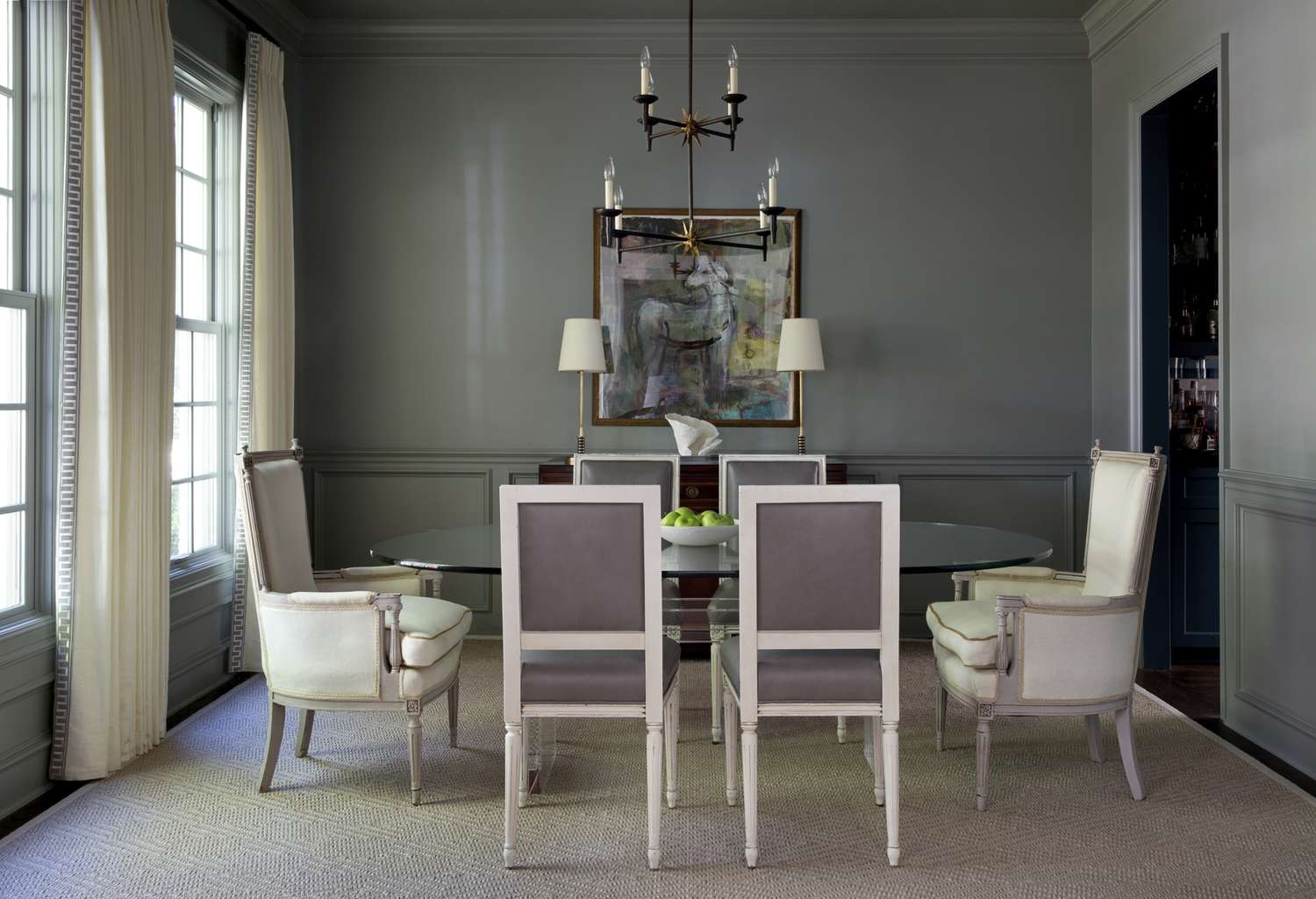
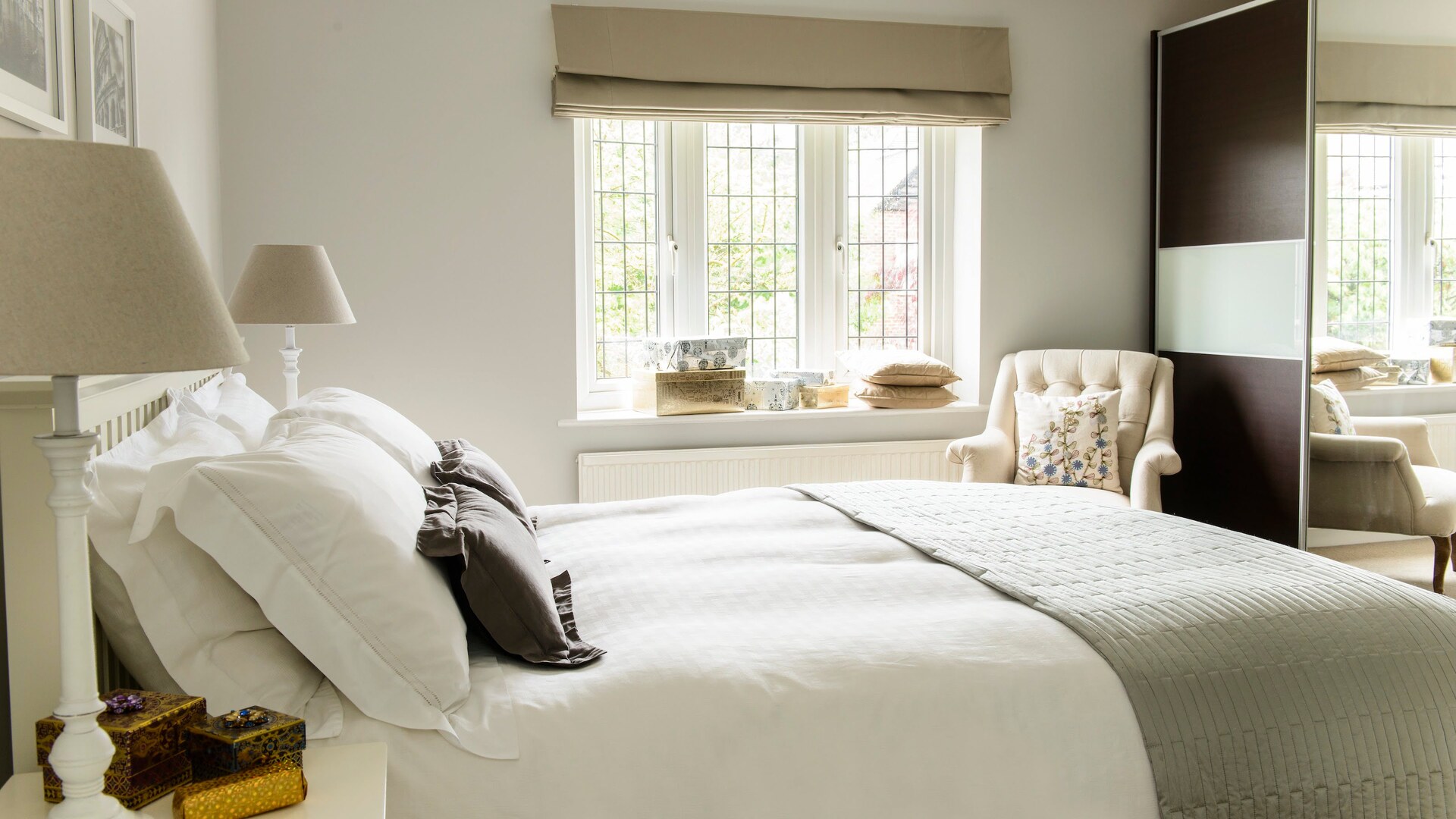


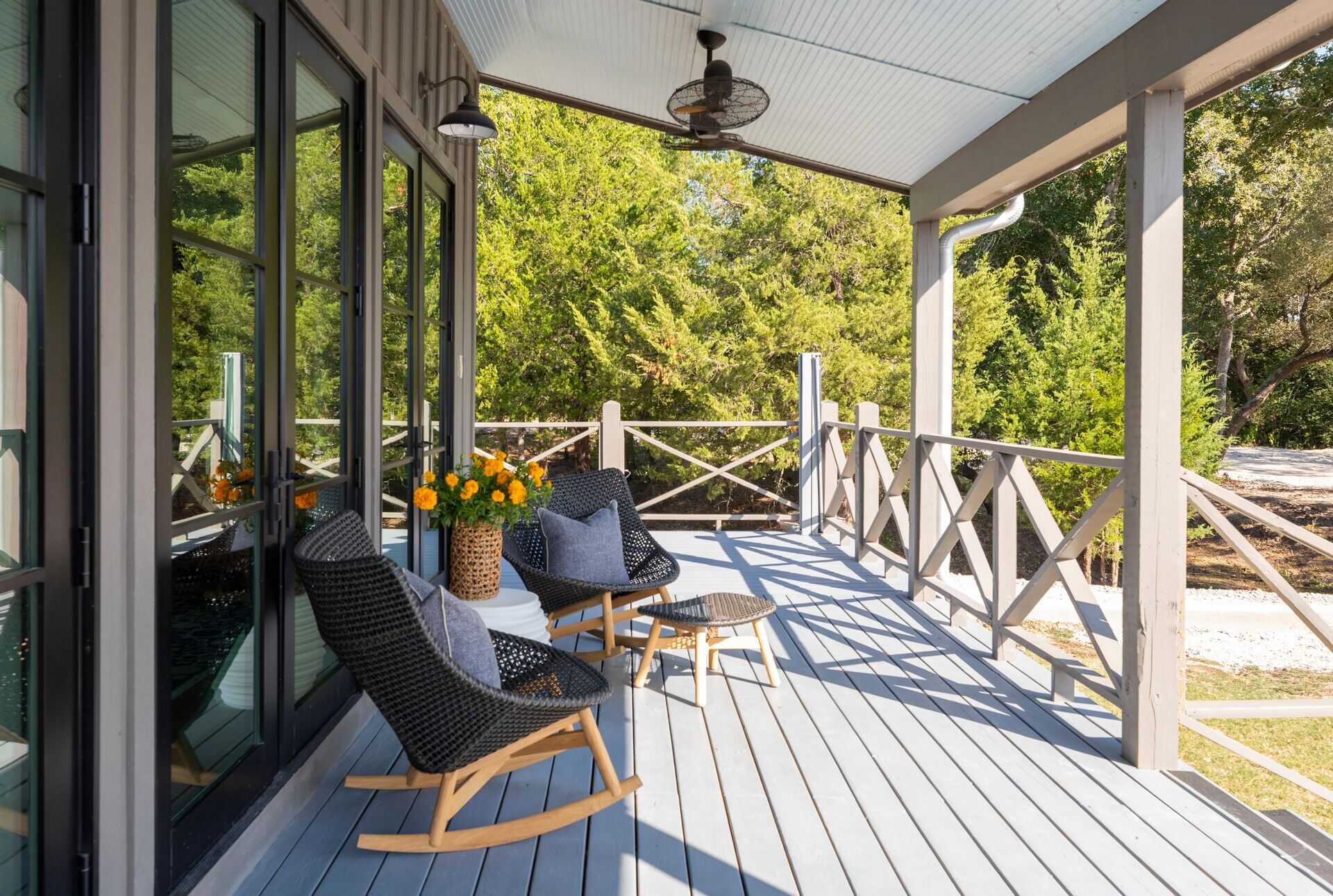

0 thoughts on “What Color Drapes Should I Get”